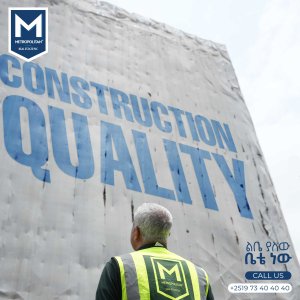Understanding Real Estate
Real estate is property made up of land and the buildings on it as well as the natural resources of the land including uncultivated flora and fauna, farmed crops and livestock, water, and any additional mineral deposits.
What is Real Estate
Real estate is a tangible asset and a type of real property. Real property examples include land, buildings, and other improvements, plus the rights of use and enjoyment of that land and each of its improvements. Renters and leaseholders may have the right to inhabit land or buildings that are considered a part of their estate, but these rights themselves are not, strictly speaking, considered real estate.

Real property is not the same thing and should not be confused with personal property. Personal property includes intangible assets like investments along with tangible assets such as furniture and fixtures like a dishwasher. Also, even renters may claim parts of a home as personal property, provided you bought and installed the property with the lessor’s permission.
When it comes to investing, residential real estate is less expensive and more feasible to individuals, while commercial real estate is more valuable and more stable.
You can invest in real estate directly—buying land or property—or indirectly through buying shares in publicly traded real estate investment trusts (REITs) or mortgage-backed securities (MBS).
Types of Real Estate
Although the media often refers to the “real estate market,” real property examples can be grouped into three broad categories based on their use.
- Residential real estate: includes undeveloped land, houses, condominiums, and townhouses. The structures may be single-family or multi-family dwellings and may be owner-occupied or rental properties.
- Commercial real estate: includes nonresidential structures such as office buildings, warehouses, and retail buildings. These buildings may be free-standing or in shopping malls.
- Industrial real estate: includes factories, business parks, mines, and farms. These properties are usually larger and their locations may provide access to transportation hubs such as rail lines and harbors.
Benefits of Residential Real Estate and Home Ownership?
Homeownership, also known as owner-occupancy, is the most common type of real estate investment in the United States. According to the National Multifamily Housing Council (NMHC), roughly two-thirds of residents own their homes. Often, these owners have financed the purchase by taking out a mortgage loan, in which the property acts as collateral for the debt.
Benefits of Commercial Real Estate?
Commercial real estate is used for commerce and includes anything from strip malls and free-standing restaurants to office buildings and skyscrapers. It is often distinguished from industrial real estate, which industrial real estate is a practical space, used in the manufacturing of products.
Buying or leasing real estate for commercial purposes is very different from buying a home or even buying residential real estate. Commercial leases are generally longer than residential leases. Commercial real estate returns are based on their profitability per square foot, unlike structures intended to be private residences.
Metropolitan real estate PLC, is an American-owned Real estate building, building quality homes in Ethiopia to fulfill the needs of luxury real estate for sale in Addis Ababa and all of Ethiopia.
Let us connect today, on Metropolitan Real estate, which has multiple ongoing projects such as Metropolitan Central Tower Luxury Apartments are around AU headquarters. Metropolitan Westview Standard Apartments located at Total Soset kuter Mazoriya. If you are ready to begin your journey on the way to becoming a homeowner, please contact us with the Ethiopian office: +251973404040 and USA office: +1 480 280 2242.




